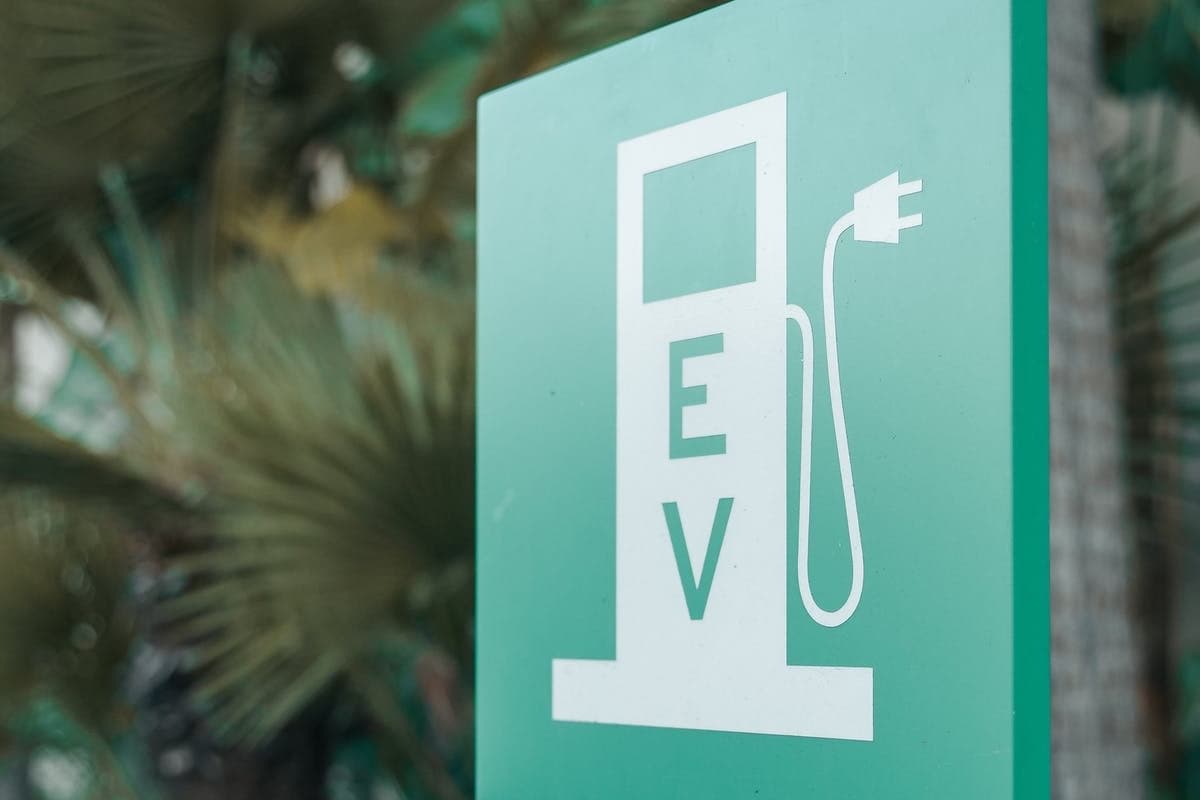Reliance Industries showcased its swappable and multipurpose battery storage technology for electric vehicles (EVs) on Wednesday, as it makes a big push on clean energy.
Reliance, led by billionaire Mukesh Ambani, displayed removable and swappable batteries for EVs that can also be used to power household appliances through an inverter at a renewable energy exhibition.
The idea is that a person can use one battery for mobility as well as for powering appliances at home, company executives at the event said, requesting not to be quoted as they are not authorised to speak with media.
The batteries can be swapped at Reliance’s battery swap stations or re-charged by households using rooftop solar panels, which also it plans to sell, the executives added. The executives did not clarify when the company planned to start selling these batteries.
Development of battery storage solutions is a part of Reliance’s bigger $10 billion green push towards clean energy projects. The company aims to cut dependence on its mainstay oil-to-chemical business and be net zero carbon by 2035.
The company acquired two battery companies for about $200 million in 2021 and 2022, respectively — UK-based Faradion that makes sodium-ion batteries, and Lithium Werks, that produces lithium iron phosphate (LFP)batteries. Reliance displayed LFP chemistry-based battery at the exhibition.
A company presentation at the event showed it is also working on customisable batteries for business and individual usage, intelligent swap stations and integrated charging networks. Reliance doesn’t plan to get in to EV manufacturing but will partner with EV makers, the presentation showed.
Reliance won an incentive last year to set up a 5-gigawatt hours (GWh) battery manufacturing facility under the government’s $2.4 billion programme that aims to boost local battery cell production.
The factory will be set up by 2026 and will make batteries and containerised energy storage solutions.
Clean auto technology is central to the country’s strategy of cutting pollution in major cities and reaching its broader climate goals. Electric vehicles currently make up a fraction of total sales in the country, mainly due to their high price as the batteries are imported, and a lack of charging infrastructure.
The government is trying to encourage swappable batteries to bring down costs and promote wider adoption of EVs.
© Thomson Reuters 2023
Check out our Latest News and Follow us at Facebook
Original Source

